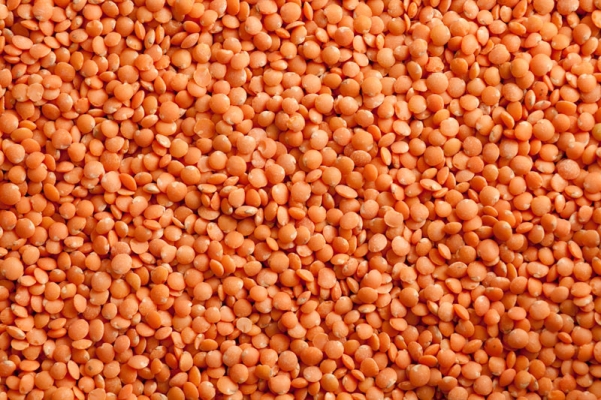General Information
It is one of the most important protein rich pulse crop. It is mostly eaten as dal by splitting into 2 cotyledons, deep orange red or orange yellow in color. Whole grain is also used in various dishes. Lentil also provides a source of starch for textiles and printing. It is mixed with wheat flour in bread and cake production. India is the highest producer of lentil in the world.
In Himachal Pradesh in year 2002-2003, lentil farming is done in 364 acres of land and gives an average yield of 1495quintal.











